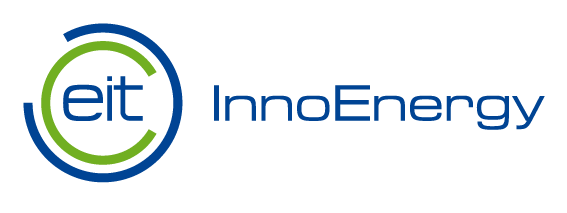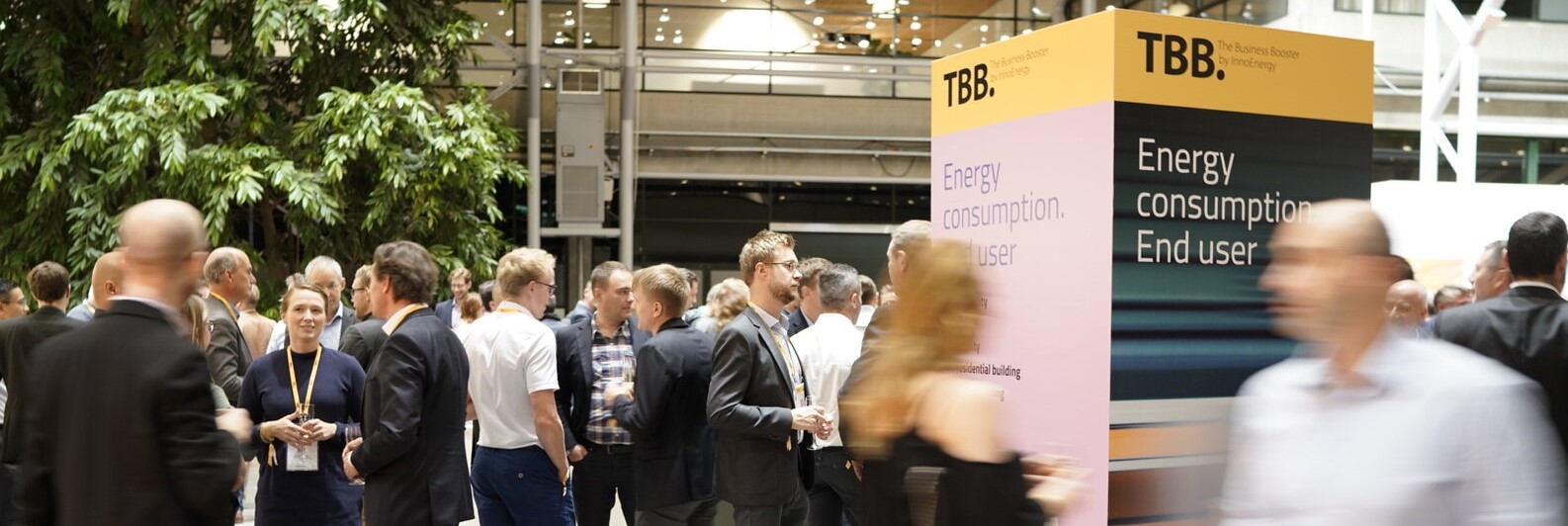Scaling-up sustainable energy start-ups

By Elena Bou, Co-founder and Innovation Director, EIT InnoEnergy. Full interview in Polish on WNP Poland.
What does a start-up need to be attractive to a potential investor, in this case InnoEnergy, and to be successful?
There is no perfect profile, but when we analyse the situation of a start-up we take two things into account. The first is whether there is a market for them. The second is the team and their ability to implement their solution, because there may be a space in the market for a product but the team may not be up to the challenge.
The role poeple play is key. After 13 years of supporting start-ups, most of the failures we have seen have not been due to a lack of market demand for a solution, or a flaw in a particular technology, but because of problems on the human side. This issue is crucial, which is why we pay particular attention to the assessment of the entrepreneur and his or her team.
In Europe the average chance of a startup surviving past the early development phase is 45 per cent, but among the startups we invest in it is as high as 93 per cent. Therefore, our most important task is to reduce the risks associated with a start-up, whether it can survive and ultimately succeed.
It is not a question of each person in a given team having extraordinary skills and experience. It is about individuals complementing each other. This is extremely important when a company is growing. For example, CEOs of Climate Tech companies often have a lot of technological experience, which is of course very necessary, especially when the focus is on early development. But as the company grows, a CEO needs more than just technological experience. This is why it is important to identify the moment when, for example, a change of CEO is needed.
Could you give an example of some InnoEnergy portfolio companies that you believe have been the most successful?
This is a very difficult question to answer, as we already have over 200 companies in our portfolio – all of which we believe can make a positive impact.
Many of our companies are already generating revenue, which is extremely important because InnoEnergy’s role is to accelerate their entry into the market. We currently have a very diverse portfolio of companies and our aim is to reduce the time it takes them to enter the market. Whether their business is profitable is another question, as it takes much longer to reach that stage.
An interesting example is the Estonian company Skeleton Technologies. It manufactures supercapacitors used for energy storage, which are extremely important for electrification. They have high power, long life and excellent reliability. These devices are important for the automotive industry, among others. Among Skeleton Technologies’ customers there are some major German and North-American passenger car and truck OEMs, or the Polish ZPUE. It is a fact that it takes time to bring solutions proposed by start-ups to the market, but when we have solutions that answer key problems, they eventually find their way to the market and this Estonian company is one example of this.
Another example is the company Elaphe, which has a slightly different story. It deals with motors for electric cars, but mounted in the wheels. With their solution, you can have an office in your own car, because you don’t actually need the space for the motor, which results in added value. This company is also making money. However, as investors, we have to be patient, because getting customers is neither easy nor quick. It takes time for the business to become profitable.
What makes a start-up attractive to an investment fund?
VC funds are looking for something a little different to us. Each fund has a fixed duration, which is 10 years. Therefore, they tend to look for startups that make money quickly and often focus on software, as the time to market is shorter.
In the case of climate tech, more time is needed because we are talking about tangible hardware. This is what makes up 75% of InnoEnergy’s portfolio as it has a much greater impact on reducing carbon emissions.
What do you think of “Open Innovation”, a concept that is becoming increasingly popular?
18 years ago, companies saw this concept as a major threat, but if approached in the right way this risk can be completely negated.
For example, by coordinating with a start-up to support it in developing a new product you can avoid risks by formulating a legal contract. This involves identifying the initial intellectual property and deciding what happens to any new intellectual property created. Putting in place a solid legal and organisational framework protects both the start-up and the corporation.
What are InnoEnergy’s plans for the coming year?
Can you assess how much your activities are able to reduce carbon emissions?
This is included in our ‘Impact Report 2022‘. At the moment, based on the portfolio we have, we will be able to reduce emissions by 2.1 gigatonnes of CO2 between now and 2030, and for comparison we produce 3.3 gigatonnes per year in Europe.
After 2030, we have the potential to reduce 1.1 gigatonnes per year, which is a lot. This is our motivation and the reason why we want the companies in our portfolio to grow and succeed.

